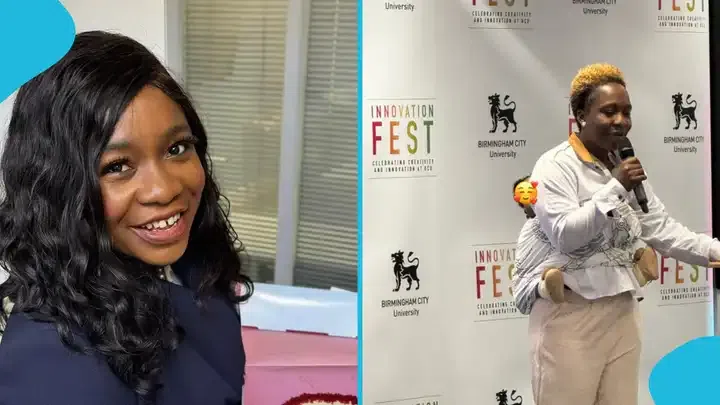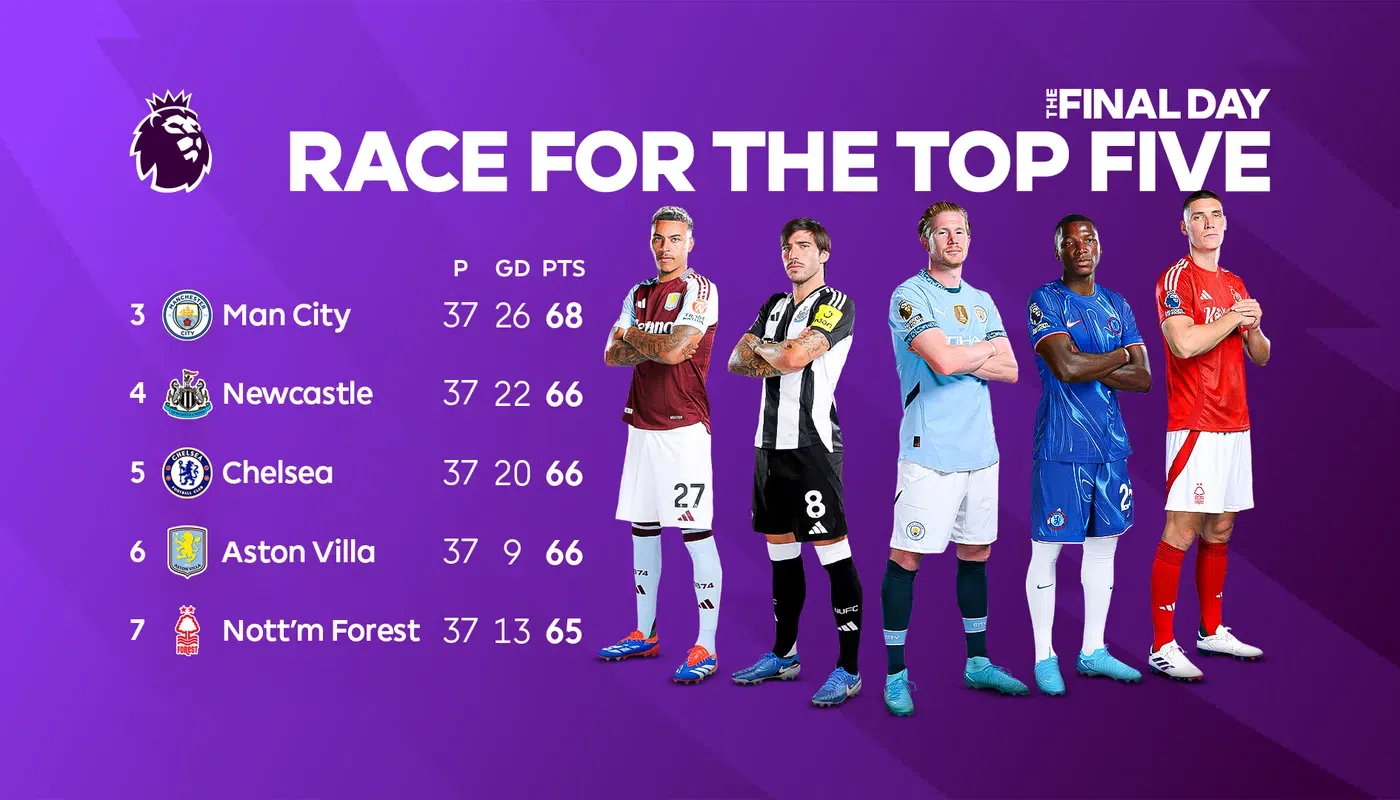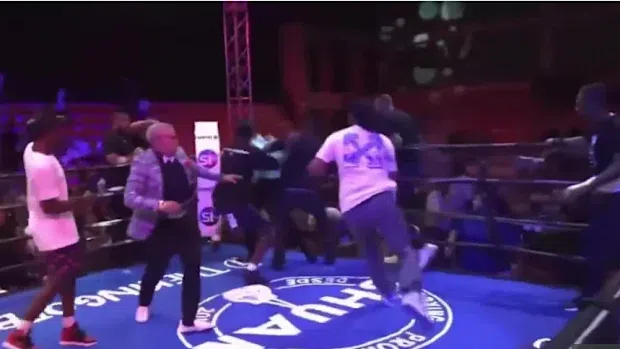
Introduction
Youth unemployment continues to be a pressing issue in Ghana, reflecting broader economic challenges such as limited formal employment opportunities, skill mismatches, and underinvestment in vocational training. In recent years, attention has increasingly turned to entrepreneurship and service-oriented ventures as strategic responses to this crisis. Among the array of potential opportunities, the haircut and hairstyling industry stands out due to its low entry barriers, cultural relevance, and resilience across socio-economic shifts.
This article builds on the argument for service-based enterprises as tools for economic empowerment and proposes haircut and hairstyling as a viable business option for unemployed youth.
Drawing on Maslow’s Hierarchy of Needs and the Service Marketing Mix, the discussion identifies key market segments, strategic opportunities, and operational considerations that can guide youth in creating sustainable businesses in this field.
Growing Demand and Cultural Relevance
Grooming services are essential, recurring, and socially embedded in Ghanaian life. From basic haircuts to elaborate hairstyling for weddings and festivals, these services are demanded across age, gender, and income groups. The country’s youthful population and urbanization trends are further contributing to a growing market for personal grooming.
Moreover, the hair culture in Ghana is deeply expressive. Hairstyles often reflect personal identity, religious beliefs, tribal affiliation, and social status. As such, the industry is not only economically viable but also culturally rich, allowing for innovation and personalization.
According to the Ghana Statistical Service (2023), over 1.2 million youth are unemployed, many of whom lack access to formal employment or significant startup capital. The haircut and hairstyling sector, which requires minimal capital and can be scaled incrementally, offers a realistic starting point for economic inclusion.
Understanding Market Segments Through Maslow’s Hierarchy of Needs
Maslow’s Hierarchy of Needs offers a strategic lens through which entrepreneurs can understand client motivations and design value propositions accordingly. Each level of the hierarchy represents a distinct set of consumer priorities that can be addressed through targeted services.
1. Physiological Needs
At this foundational level, grooming is a matter of hygiene and physical well-being. Services in this segment are typically low-cost and high-frequency, catering to customers who seek functionality over style. Entrepreneurs can meet this demand by offering affordable, efficient, and no-frills services in densely populated areas.
2. Safety Needs
Here, the emphasis shifts to cleanliness, trust, and professionalism. Post-COVID, customers are increasingly concerned with hygiene standards. This creates an opportunity for businesses to differentiate themselves through sanitized tools, consistent service protocols, and adherence to health guidelines.
3. Love and Belonging Needs
Barbershops and salons often serve as communal spaces: places where social bonds are formed and sustained. Entrepreneurs who cultivate a welcoming, respectful atmosphere can build strong customer loyalty. Services tailored for family grooming, children, or special events also fall within this domain.
4. Esteem Needs
Style becomes a tool for social confidence and self-expression at this level. Premium services such as trend-based hairstyling, beard grooming, or personalized consultations target clients who are image-conscious and willing to pay a higher price for perceived value.
5. Self-Actualization
At the peak of the hierarchy, grooming is used to project uniqueness and authenticity. Entrepreneurs can innovate with creative, high-concept hairstyling, natural hair care, or culturally symbolic hairstyles. Positioning the salon as a space for art and identity enables businesses to reach niche markets and command premium pricing.
Operationalizing the Business: The 7Ps of the Service Marketing Mix
To thrive in this competitive space, aspiring entrepreneurs must apply the Service Marketing Mix (7Ps) to structure and differentiate their offerings:
1. Product
The core service includes haircuts, hairstyling, beard trims, and treatments. Diversifying into braiding, dreadlocks, coloring, and natural haircare can widen market appeal. Offering packages (e.g., “grooming for groomsmen” or “student discount days”) adds flexibility and appeal.
2. Price
Pricing strategies should align with the target market. Penetration pricing can attract early adopters, while value-based pricing suits high-end services. It is crucial to strike a balance between affordability and perceived quality.
3. Place
Accessibility drives customer volume. Entrepreneurs can start from home, use mobile salons (especially in peri-urban areas), or share workspaces to reduce costs. Location should consider foot traffic, safety, and visibility.
4. Promotion
Word-of-mouth remains powerful, but digital promotion is increasingly vital. Using Instagram, TikTok, and Facebook to showcase before-and-after photos, client testimonials, and styling tutorials can attract and retain clients. Referral discounts and loyalty programs also work well.
5. People
Staff represent the business. Their attitude, appearance, and skills shape customer experiences. Investing in continuous training, communication skills, and customer service improves professionalism and retention.
6. Process
Efficient service delivery: e.g., appointment systems, waitlist management, and payment methods, enhances customer satisfaction. A clear process also builds trust and enables scale.
7. Physical Evidence
The ambiance, cleanliness, tools, and even staff uniforms contribute to the brand. Even in a modest setup, attention to detail in physical cues can elevate the perception of professionalism.
Training and Capacity Building
For many unemployed youth, the gap is not just in opportunity but in skill and knowledge. Governments, NGOs, and private institutions can play a catalytic role by supporting vocational training, mentorship, and access to microfinance. For example, initiatives like Ghana’s Youth Employment Agency (YEA) and National Board for Small Scale Industries (NBSSI) can support incubation and scaling of such ventures.
Conclusion
The haircut and hairstyling business holds substantial potential as a low-barrier, culturally embedded, and demand-driven pathway to youth employment in Ghana. When guided by a clear understanding of consumer motivations, mapped through frameworks like Maslow’s hierarchy—and structured through the 7Ps of service marketing, young entrepreneurs can develop resilient and profitable enterprises.
Harnessing this opportunity requires not only entrepreneurial spirit but also strategic planning, technical training, and support systems. With the right mix of personal initiative and institutional backing, this sector can contribute significantly to economic empowerment, social mobility, and the broader fight against youth unemployment.
Author
Dr. Ibn Kailan Abdul-Hamid
Head of Marketing Department
University of Professional Studies, Accra
[email protected]
The post Engaging in the haircut and hairstyling business: A viable pathway for youth employment in Ghana first appeared on 3News.
Read Full Story

























Facebook
Twitter
Pinterest
Instagram
Google+
YouTube
LinkedIn
RSS